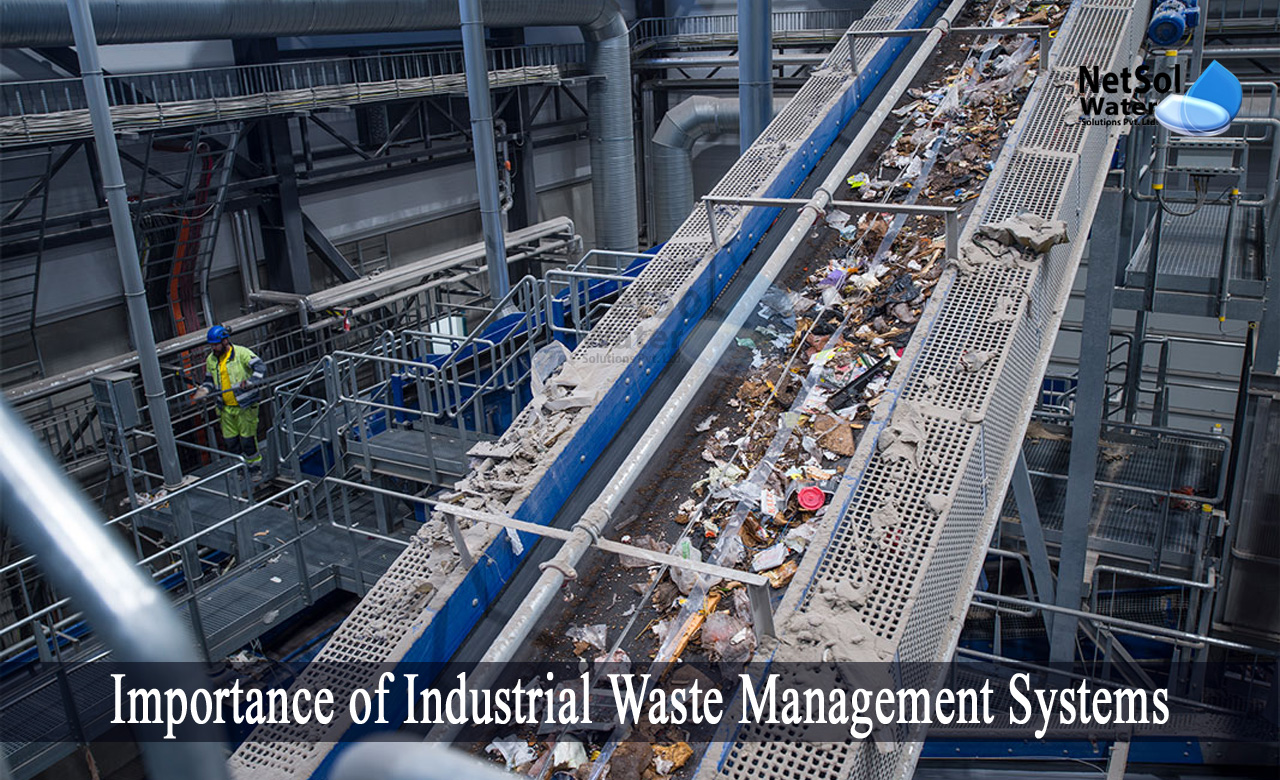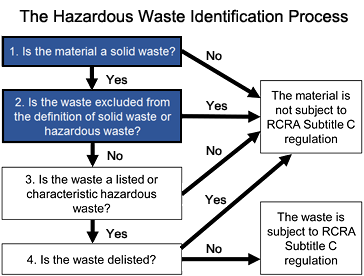The Facts About Reclaim Waste Uncovered
The Facts About Reclaim Waste Uncovered
Blog Article
Top Guidelines Of Reclaim Waste
Table of ContentsThe smart Trick of Reclaim Waste That Nobody is Talking AboutThe 45-Second Trick For Reclaim WasteThings about Reclaim WasteReclaim Waste Can Be Fun For AnyoneThe Ultimate Guide To Reclaim Waste
Explore the kinds, incidents, and kinds of fluid waste. Domestic sewer waste refers to the waste and items from a household sewage-disposal tank. This sort of waste is produced by humans in residences, institutions, and various other structures. This only consists of sewage-disposal tanks that have a drain field. The correct management and disposal of residential sewage waste require fluid waste to be transferred to a sewage treatment plant where the proper approaches and tools are used to purify and throw away waste.
Commercial waste usually includes possible hazards, such as combustible materials or a mixture of fluid and solid waste items, and calls for an advanced and thorough disposal procedure. The disposal of commercial waste generally entails the filtration of waste prior to transportation to guarantee secure and correct disposal. Hazardous waste is developed from byproducts and runoff of commercial processes and manufacturing.
This kind of waste can not use the very same sewage monitoring transportation or processes as septic or business fluids. The hazardous waste monitoring procedure needs the inspection and screening of liquid waste prior to it undertakes the disposal process (liquid waste removal). Runoff waste is the fluid waste that originates from drainage and excess stormwater in extremely booming locations or cities
Runoff waste can create contamination and flooding if not managed properly. Making sure proper waste monitoring can prevent calamities and minimize environmental harm.
The Reclaim Waste Diaries
Contact PROS Solutions today to discover our waste administration and disposal solutions and the correct ways to look after the fluid waste you produce.
(https://yoomark.com/content/httpsreclaimwastecomauservices)Do you know what happens to your water when you pull the plug, purge the bathroom or drain the washing maker? No? Well, it deserves understanding. This supposed 'wastewater' is not just a vital resource however, after treatment, will be launched to our land, waterways or the sea. Utilized water from commodes, showers, bathrooms, cooking area sinks, laundries and industrial procedures is known as wastewater.

water made use of to cool machinery or clean plant and equipment). Stormwater, a form of wastewater, is drainage that flows from agricultural and city areas such as roofings, parks, yards, roadways, paths and seamless gutters into stormwater drains pipes, after rainfall. Stormwater streams unattended straight to neighborhood creeks or rivers, at some point getting to the ocean.
The Single Strategy To Use For Reclaim Waste
In Queensland, the majority of wastewater is treated at sewer treatment plants. Wastewater is transported from domestic or industrial websites through a system of sewage systems and pump stations, understood as sewage reticulation, to a sewage treatment plant.
The Department of Natural Resources encourages city governments regarding handling, operating and preserving sewerage systems and therapy plants. In unsewered locations, neighborhood governments might call for owners to mount specific or household sewer treatment systems to treat residential wastewater from bathrooms, kitchen areas, bathrooms and laundries. The Department of Natural Resources authorizes the use of house systems when they are confirmed to be reliable.
The majority of stormwater receives no therapy. In some brand-new communities, treatment of some stormwater to eliminate litter, sand and gravel has actually started using gross toxin catches. Wastewater therapy happens in 4 phases: Eliminates strong matter. Bigger solids, such as plastics and other items mistakenly discharged to drains, are gotten rid of when wastewater is gone through screens.
Makes use of small go to my blog living organisms recognizes as micro-organisms to damage down and get rid of continuing to be dissolved wastes and fine bits. Micro-organisms and wastes are integrated in the sludge.
Top Guidelines Of Reclaim Waste
Nutrient removal is not readily available in any way sewage therapy plants since it requires pricey specialist tools. It is coming to be more usual in Queensland. Clear liquid effluent generated after treatment may still consist of disease-causing micro-organisms. If this effluent is released into waterways such as rivers or the sea, the micro-organisms will eventually pass away out.

Many wastewater moves right into the sewerage system. Under the Act, regional governments carry out authorizations and licences for environmentally pertinent activities (Periods) including wastewater releases that could have a neighborhood influence.
Some Known Facts About Reclaim Waste.
Or else, examples are taken for lab analysis. Commonly many tests are required to develop the levels of each of the different contaminants such as oils, hefty metals and pesticides in water. Tracking offers valid information about water quality and can confirm that licence conditions are being fulfilled. The details obtained through tracking gives the basis for making water high quality decisions.
Report this page